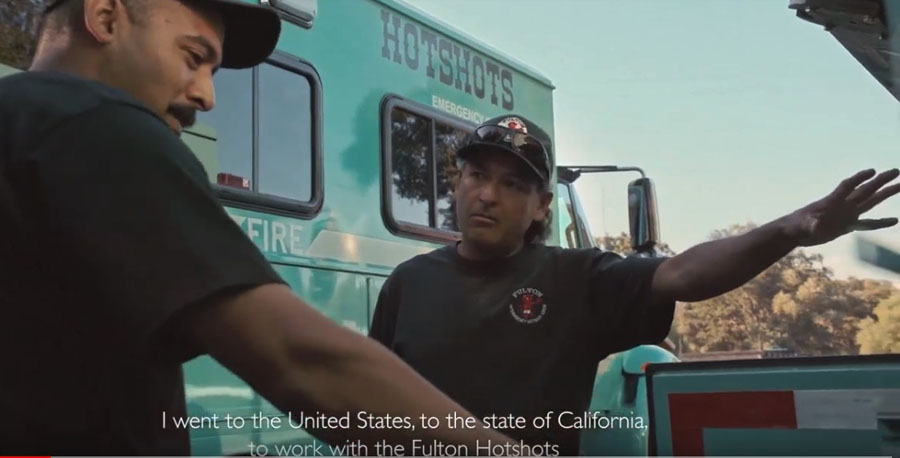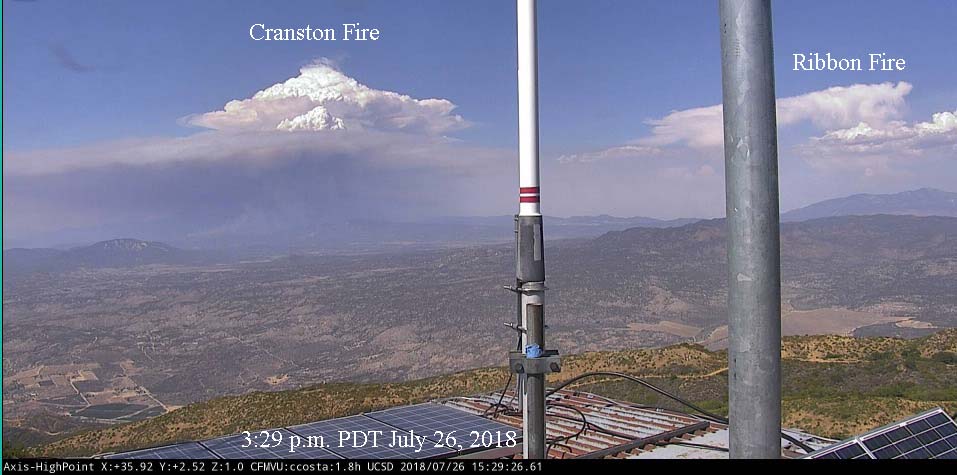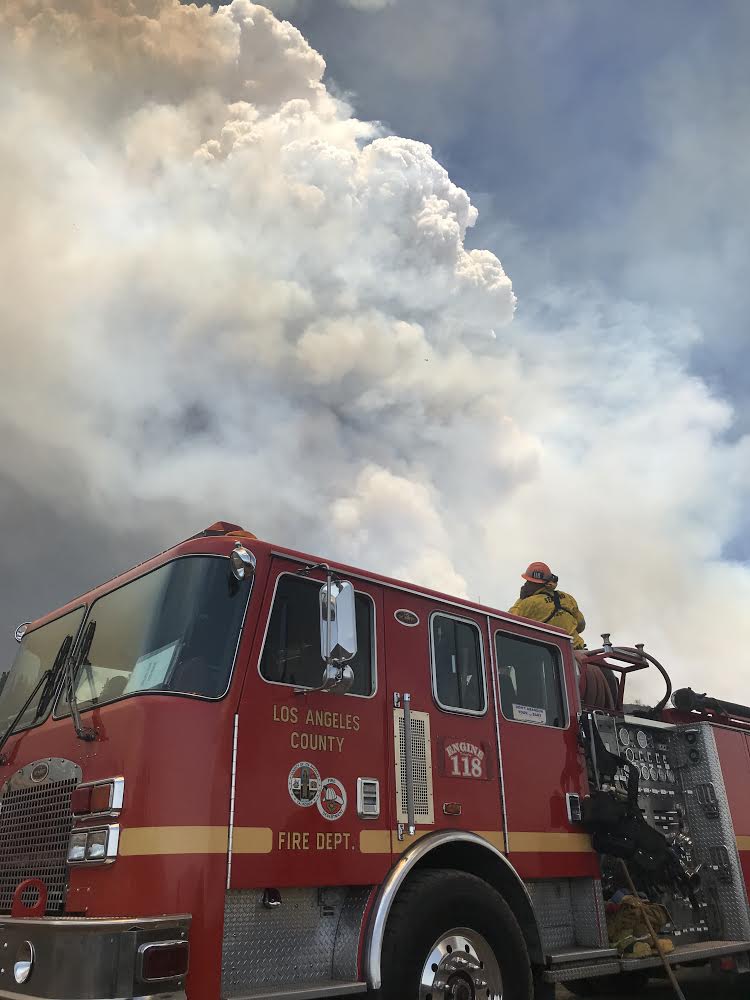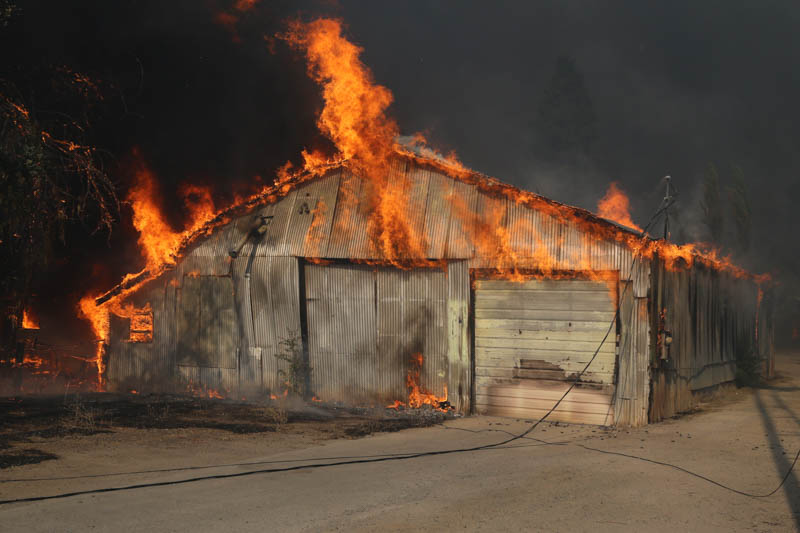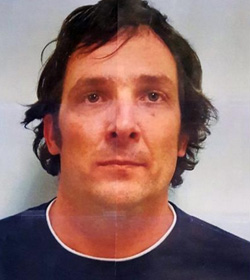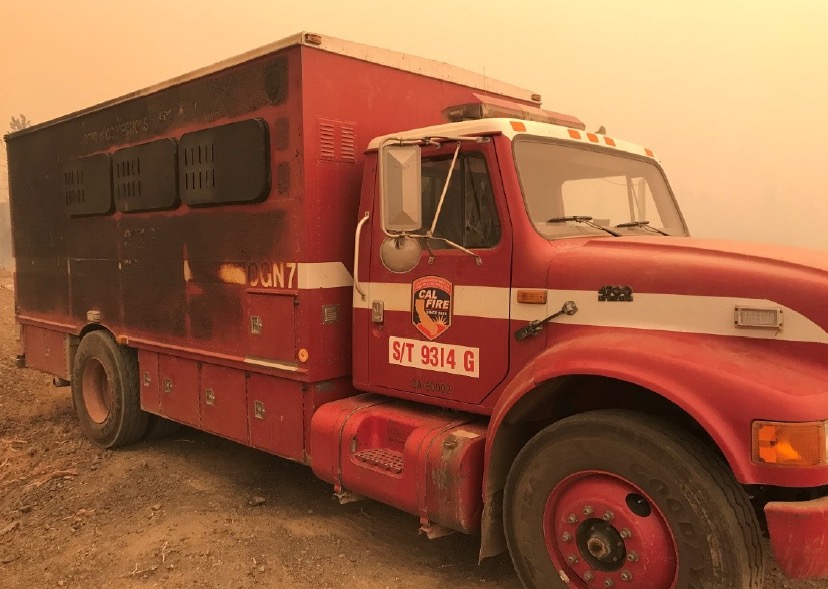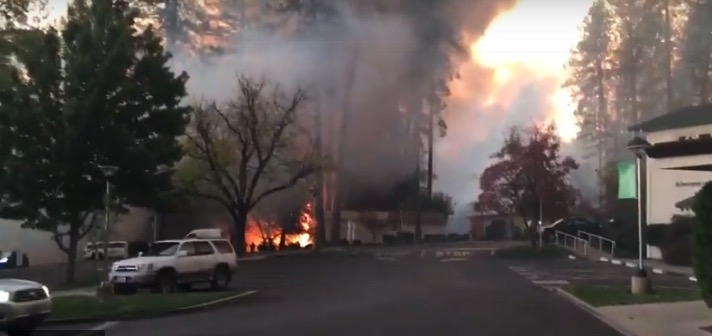
The details about the evacuation of Feather River Hospital as the Camp Fire tore through Paradise, California on November 8, 2018 were not covered throughly by the national news. The top stories were the 85 people that were killed and the 14,000 homes and businesses destroyed.
The NFPA Journal has an article that covers some of the facts about the evacuation.
The fire was reported at 6:29 a.m. near a high voltage power line northeast of Paradise. Ryan Ashlock, the “administrator on call” that morning, saw the smoke at 7 a.m. when he arrived at the hospital on the east side of Paradise (map). At 7:15 employees could smell smoke inside the building. As the fire pushed by strong winds got closer, at 7:45 Mr. Ashlock called a code triage external, which means there’s something going on in the outside world that they need to be aware of, and that units need to prepare themselves for anything that might be coming.
At 8 a.m. the hospital was within a mandatory evacuation area. At first the staff thought they would be safer inside the building and could shelter in place, in part because the structure had firewalls that can retard the spread of a fire through the building. But a few minutes later the blaze had approached both ends of the hospital’s campus. Mr. Ashlock ordered a full evacuation at 8:07. The staff escorted ambulatory patients, pushed some in wheel chairs, and wheeled others in their beds to the emergency room entrance or the helipad.
The staff made calls in attempts to get ambulances and helicopters to transport patients, but due to gridlocked traffic and the fire, only two ambulances from Chico made it to Paradise near the end of the evacuation. One arrived at the hospital, while the other caught fire and burned. Helicopters could not land at the helipad due to the smoke.
By 8:50 they had evacuated 80 patients and 200 employees. One critically ill intensive-care patient died that day.
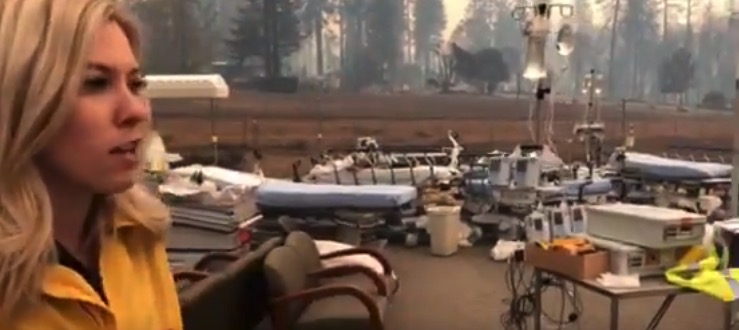
Below are excerpts from the NFPA article, in the words of Mr. Ashlock:
8:20 a.m.
Our evacuation plan called for ambulances to come from the town of Paradise. But it’s a small community, so there aren’t many ambulances readily available. Most would come from Butte County. But we weren’t seeing any of those local ambulances and we didn’t know where they were. We were also concerned that ambulances from Chico might not get up here because of the traffic resulting from the entire town of Paradise being evacuated.
Someone over in the emergency department figured out that ambulances weren’t coming. There were Paradise police and Butte County Sheriff’s Office people on site, and I went out to talk to them. As nicely as I could, I asked them, “Where are the firefighters to protect the hospital, and where are the ambulances to help us evacuate?” They said, “We’ve called, and no one’s responding.”
The decision was made to start putting patients into the emergency vehicles that happened to be there, and the rest would have to be put into the personal vehicles of hospital employees—we weren’t going to get off that campus by sitting and waiting for ambulances or firefighters to show up. Clinicians got patients into wheelchairs, patients who could walk were escorted down to the emergency department, patients who were in the ICU or who were unable to walk or get into wheelchairs were rolled out in their beds.
8:50 a.m.
All patients were out of the hospital. The fire stayed about 400 yards away because of the defensible area around the hospital. But the wind started to kick up and embers were blowing over us, and spot fires were starting all around us. Our central plant, where we have our boilers and chillers and generators, was starting to catch fire about the time we got everyone out of the main hospital building. Some of our buildings at the edge of campus were burning, along with our IT building.
Mr. Ashlock said the lower level of the hospital burned pretty extensively, and of the 15 administrative buildings on the campus, nine burned, as well as one clinic.
WATCH: KRCR News Channel 7’s Meaghan Mackey shows us what is left of Feather River Hospital in Paradise and what was left on the helipad as everyone worked to evacuate due to the #CampFire.
Read more about the fire here >> https://t.co/4pcLbtwIgD pic.twitter.com/pi4wNDh3Le
— KRCR News Channel 7 (@KRCR7) November 9, 2018
The video below was shot by Feather River Hospital employees as the fire approached.

